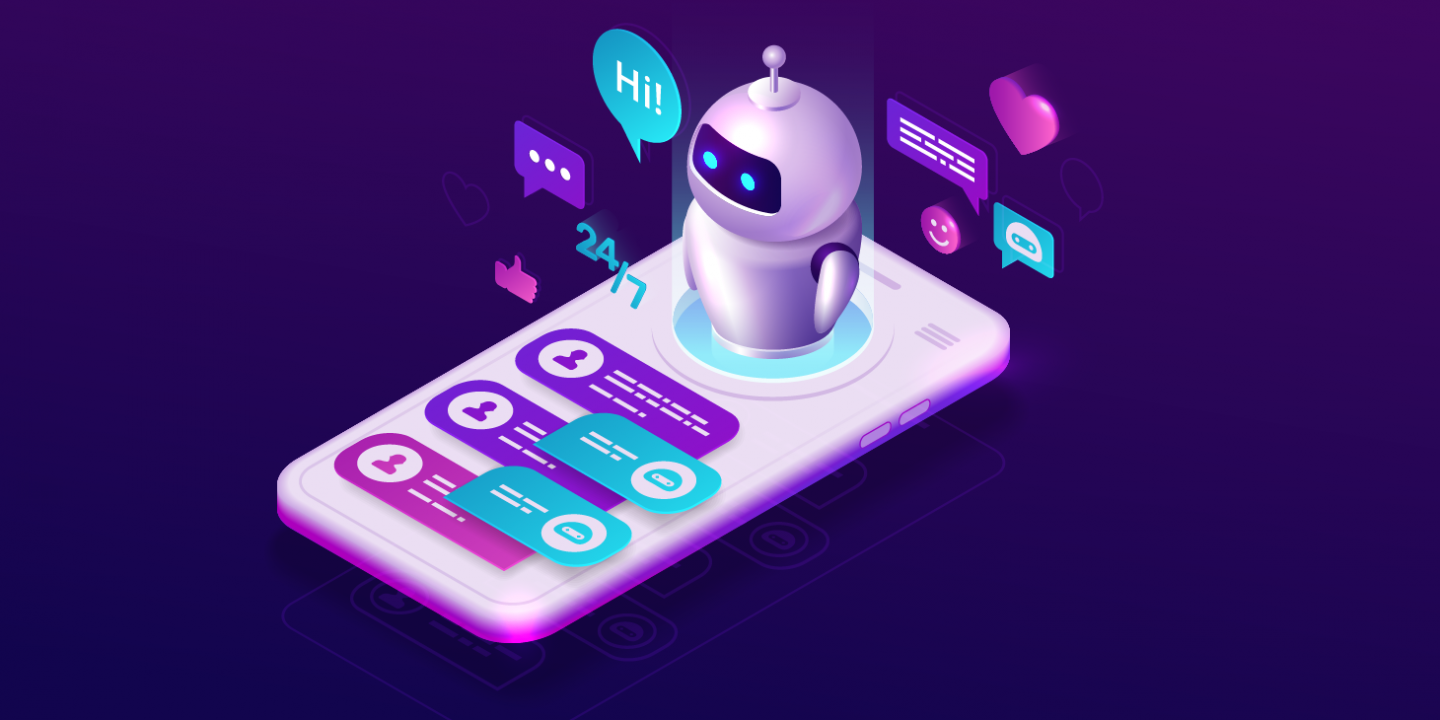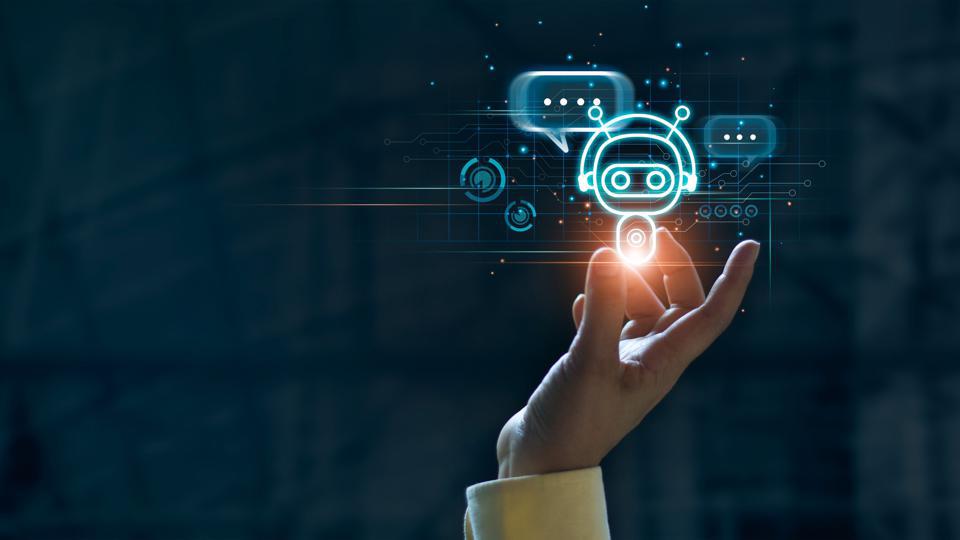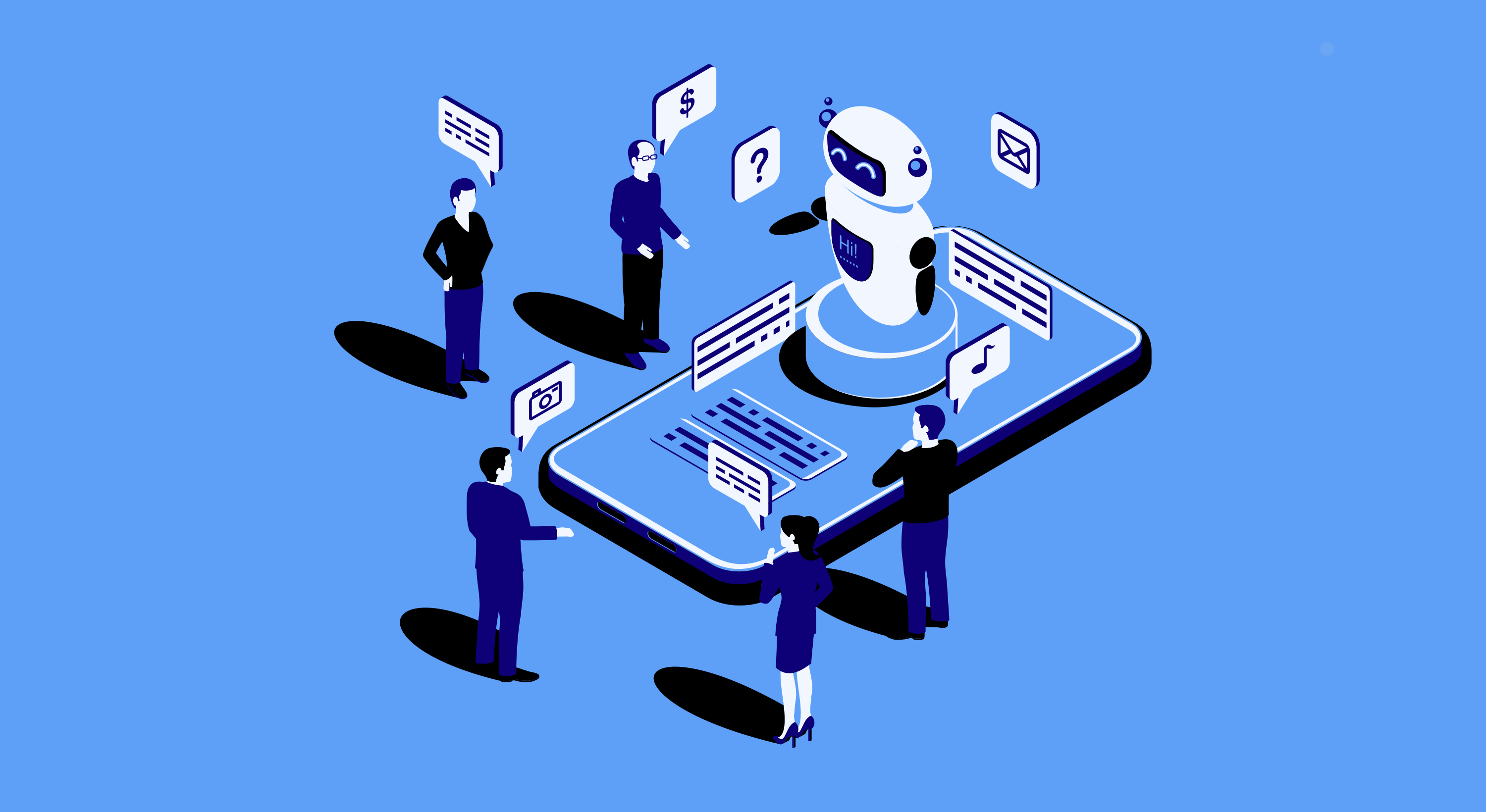In today’s digital world, communication has become a vital aspect of our lives. From social media to instant messaging, there are numerous ways we can connect with others. However, with the advancement of technology, a new form of communication has emerged – chatbots.
Chatbots are computer programs designed to simulate conversation with human users through text or voice interactions. They have become increasingly popular in recent years, with businesses and individuals using them for various purposes. In this article, we will delve deeper into the world of chatbots and how they are revolutionizing the way we communicate.
What are Chatbots?
Understanding the Basics of Chatbots
Before we dive into the details of how chatbots are changing the way we communicate, let’s first understand what they are. As mentioned earlier, chatbots are computer programs that use artificial intelligence (AI) to converse with humans through text or voice interactions. They are designed to mimic real conversations and provide users with a seamless experience.

Chatbots are AI-driven computer programs designed to engage in conversations with humans via text or voice interactions
The concept of chatbots is not entirely new; it has been around for decades. However, with the rise of AI and natural language processing (NLP), chatbots have evolved to become more intelligent and sophisticated. They are now able to understand and respond to human queries in a more human-like manner.
Types of Chatbots
There are primarily two types of chatbots – rule-based and AI-based. Rule-based chatbots follow a predefined set of rules and can only respond to specific questions or commands. On the other hand, AI-based chatbots use artificial intelligence and natural language processing to understand and respond to user queries.
Within these two categories, there are different types of chatbots, such as task-oriented, conversational, and social bots. Task-oriented chatbots are designed to perform specific tasks, such as booking a flight or ordering food. Conversational bots, on the other hand, are more sophisticated and can engage in human-like conversations. Social bots are used primarily on social media platforms to interact with users and provide customer service.
The Role of Chatbots in Business
Improved Customer Service
One of the primary reasons why businesses are turning to chatbots is for their ability to improve customer service. With the rise of e-commerce and online shopping, customers expect quick and efficient support from businesses. However, providing round-the-clock customer service can be costly and time-consuming for companies.

Businesses increasingly adopt chatbots primarily to enhance customer service capabilities
Chatbots offer a solution to this problem by providing 24/7 support to customers. They can handle a large volume of queries simultaneously and respond promptly, eliminating the need for customers to wait for a human representative. This results in improved customer satisfaction and can also save businesses time and money.
Personalization and Customization
Another significant advantage of chatbots for businesses is their ability to personalize and customize interactions with customers. AI-based chatbots use data and insights collected from previous conversations to provide personalized recommendations and solutions to customers. This not only enhances the user experience but also increases customer loyalty and retention.
Additionally, chatbots can also be programmed to remember customer preferences and purchase history, making the interaction more personalized. This level of personalization and customization would not have been possible without chatbots.
Cost-Effective Solution
As mentioned earlier, providing round-the-clock customer service can be expensive for businesses. Hiring and training human representatives can take up valuable time and resources. On the other hand, chatbots require minimal maintenance and can handle a vast volume of queries simultaneously, making them a more cost-effective solution for businesses.
Moreover, chatbots can be integrated into various platforms, such as websites, social media, and messaging apps, reducing the need for businesses to invest in separate communication channels. This makes chatbots an attractive option for businesses looking to cut costs without compromising on quality.
Chatbots in the Healthcare Industry
Improving Patient Interaction
Chatbots have also made their way into the healthcare industry, with the aim of improving patient interaction and engagement. With the rise of telemedicine and virtual healthcare, chatbots have become an essential tool for healthcare providers to connect with patients remotely.
For instance, chatbots can be used to schedule appointments, send reminders, and provide basic medical advice to patients. They can also assist patients with managing chronic conditions or tracking their medication intake. This not only improves patient experience but also reduces the workload on healthcare professionals, allowing them to focus on more critical tasks.
Virtual Mental Health Support
The use of chatbots in healthcare is not limited to physical health; they are also being used to provide virtual mental health support. With the increasing prevalence of mental health issues, chatbots have become a valuable resource for individuals seeking support and guidance.
Mental health chatbots use AI and NLP to converse with users and provide them with personalized advice, self-care tips, and coping mechanisms. They also offer a safe space for individuals to talk about their struggles without fear of judgment. This has made mental healthcare more accessible and affordable for many people.
Monitoring and Collecting Data
Another significant advantage of using chatbots in healthcare is their ability to monitor and collect data from patients. This data can then be used by healthcare providers to track patients’ progress and make necessary adjustments to their treatment plans.
For instance, chatbots can be used to monitor patients’ vital signs, remind them to take their medication, and collect feedback on their symptoms. This data can be analyzed by healthcare professionals in real-time, allowing them to intervene when necessary. This can be particularly useful for patients with chronic conditions who require continuous monitoring.
Chatbots in Education
Personalized Learning Experience
One of the main challenges in education is catering to the individual learning needs of students. With a growing number of students in classrooms, teachers often struggle to provide personalized attention to each student. This is where chatbots come in.
Chatbots can be used as virtual teaching assistants, providing students with personalized learning experiences. They can adapt to the pace and learning style of individual students, making the learning process more efficient and effective. Chatbots can also provide immediate feedback to students, allowing them to track their progress and identify areas for improvement.
Enhancing Student Engagement
Another way chatbots are transforming education is by enhancing student engagement and interaction. Traditional methods of teaching can sometimes be monotonous, leading to a lack of interest and participation from students. Chatbots can make learning fun and interactive by incorporating gamification elements into lessons.
For instance, students can interact with chatbots through quizzes, games, and puzzles, making the learning experience more engaging. This not only helps students retain information better but also improves their overall academic performance.
Providing Support and Resources
Chatbots can also serve as a valuable resource for students, providing them with support and resources whenever they need it. Students can use chatbots to ask questions, get study materials, and even receive feedback on their work.
This can be particularly useful for students who require additional support outside of regular class hours. Chatbots can also be programmed to assist students in different subjects, making them accessible to a broader range of students.
Ethical Considerations of Chatbots
Privacy and Data Protection
With the rise of chatbots, there are growing concerns about privacy and data protection. Since chatbots collect and store user data, there is always a risk of this information being compromised. This is especially concerning in industries like healthcare and finance, where sensitive personal information is involved.
To address these concerns, businesses and developers must adhere to strict data protection regulations and ensure that their chatbots are secure and protected from potential cyber threats. Users must also be made aware of how their data is being collected and used and have the option to opt-out if they choose to do so.
Bias and Discrimination
Another ethical consideration when it comes to chatbots is the potential for bias and discrimination. Since chatbots are programmed by humans, they can inherit the biases of their programmers. This can result in discriminatory responses or actions towards certain groups of people.
To combat this issue, developers must ensure that their chatbots are trained on diverse datasets and regularly monitored for any signs of bias. User testing should also be conducted to identify any potentially discriminatory responses and rectify them.
Limitations and Future of Chatbots
Natural Language Processing Limitations
Despite the advancements in AI and NLP, chatbots still face limitations when it comes to understanding and responding to human language accurately. They may struggle with understanding slang, sarcasm, or complex sentence structures, making the conversation less natural and more frustrating for users.
However, as technology continues to advance, we can expect chatbots to become more sophisticated and better at interpreting and responding to human language.

Despite strides in AI and NLP, chatbots still encounter challenges in accurately comprehending and responding to human language
Need for Human Intervention
Chatbots are not designed to replace humans entirely; they are meant to enhance human capabilities and make our lives easier. There are instances where chatbots may not be able to handle a particular query, and human intervention is required. In such cases, businesses must ensure that there is a seamless transfer from the chatbot to a human representative to avoid any disruption in communication.
The Future of Chatbots
The future of chatbots looks promising, with the potential to transform the way we communicate and interact with technology. Advancements in AI and NLP will allow chatbots to become more intelligent and human-like, making them an indispensable part of our daily lives.
Chatbots are already being integrated into various industries, and we can expect to see their usage expand even further in the future. They have the potential to revolutionize customer service, healthcare, education, and many other areas.
Conclusion
In conclusion, chatbots have undoubtedly made a significant impact on the way we communicate and interact with technology. They have proven to be valuable resources for businesses, healthcare providers, educators, and individuals alike. With advancements in technology, we can expect chatbots to become even more intelligent and sophisticated, making our lives easier and more efficient.
However, as with any technology, there are ethical considerations that must be addressed to ensure its responsible usage. Developers and businesses must prioritize privacy, data protection, and inclusivity when developing chatbots to avoid any potential negative impacts on society.
Overall, chatbots have the potential to reshape the way we communicate and revolutionize various industries. Their future looks bright, and we can expect to see them play a more significant role in our lives in the years to come.


